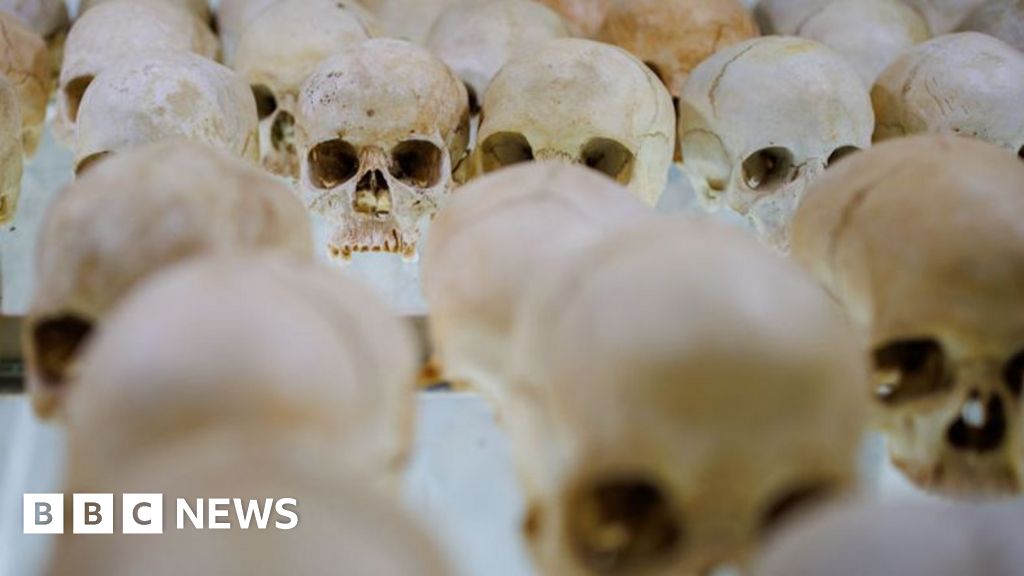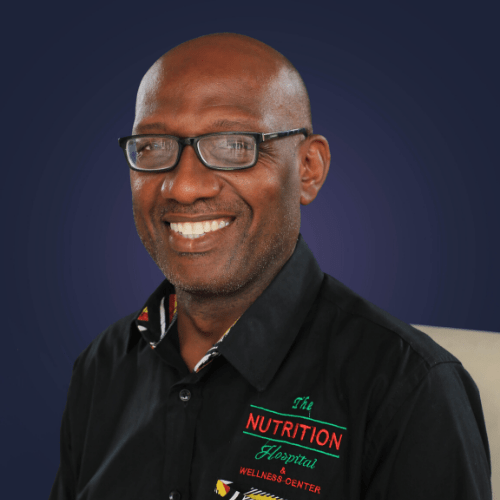Place your adverts here on InfoDig @ low rates; banner ads, sponsored links and guest articles etc. Contact us
In a bid to tackle the frequent farmers and herders clashes across the country, especially in the north, the federal government in July of 2024 inaugurated the Federal Ministry of Livestock Development (FMDL).
To ensure that the ministry tackles the challenges facing the development of the livestock value chains and unlocks the sector’s vast potential, President Tinubu also created 23-man committee members to make recommendations for the new ministry.
Nigeria’s livestock sector is a key part of the country’s quest for food security and ensuring that it plays a critical role in the country’s diversification quest is crucial to its development.
Read also: 20 states tap $546m Livestock Support Project
However, one major factor affecting the sector is the excessive clashes between herders and farmers which have agricultural activities negatively.
A report by SBM Intelligence, an Africa-focused market and security intelligence consultancy, says over 1,356 farmers in northern Nigeria have lost their lives to banditry attacks between 2020 and 2024.
The age-long under-development of Nigeria’s livestock sector has negatively impacted the potential. This conflict, rooted in competition for land and resources, has escalated in recent years, leading to widespread violence, displacement, and destruction of farmlands.
Compared to other countries such as Botswana, Namibia and South- Africa, that are harnessing their livestock sector and converting it to wealth, Nigeria still has a long way to go.
In its usual manner, BusinessDay’s Agribusiness takes a look at some of the key recommendations for the committee. In no particular order they are:
Settlement schemes for migratory pastoralists
Predominantly, nomadic pastoralists need to be engaged and supported to adopt more intensive systems of production that will gradually minimise and ultimately adopt sedentary production practices.
Therefore, the committee notes that grazing reserves will be developed as herders will be encouraged to access land areas for permanent settlement and transformation of the livestock production system.
“Breeding farms and other mechanised livestock management practices will be introduced to be part of the reforms to bolster the sector’s productivity,” the report notes.
The committee said the rehabilitation of each grazing reserve should be embarked upon to accommodate as many open grazers as the capacity can accommodate.
Promote pari-urban commercial beef and dairy farms
A symbiotic relationship of manuring the farmlands will be formed in return for access to crop residues and opportunities for the livestock owners to also cultivate and grow crops for their household needs, according to the committee.
“A target of 5,000 of such settlements with 50 cows each can be achieved in at least 20 states within five years giving a projected total of 5,000,000 heads of cattle providing milk and slaughter animals to the market under the scheme,” the report said.
Read also: Nigeria’s N33trn livestock economy to see boost as Tinubu get Jega’s report
Leather value chain
The livestock reform committee assures to address some constraints militating against growth of the leather sub-sector which aims to create wealth through value addition and a structured livestock sector.
Also, the committee said that foreign exchange earnings would increase through exports, job creation, and industrial growth.
According to the committee, the Nigerian leather sector employs over 700,000 direct jobs from primary production (farmers/butchers), skin dealers, and warehousing. And it is the largest contributor of foreign exchange after oil.
In light of these recommendations, the committee believes Nigeria could become on par with other African countries driving growth through livestock such as cows, sheep, and goats.

 2 hours ago
30
2 hours ago
30














 English (US) ·
English (US) ·